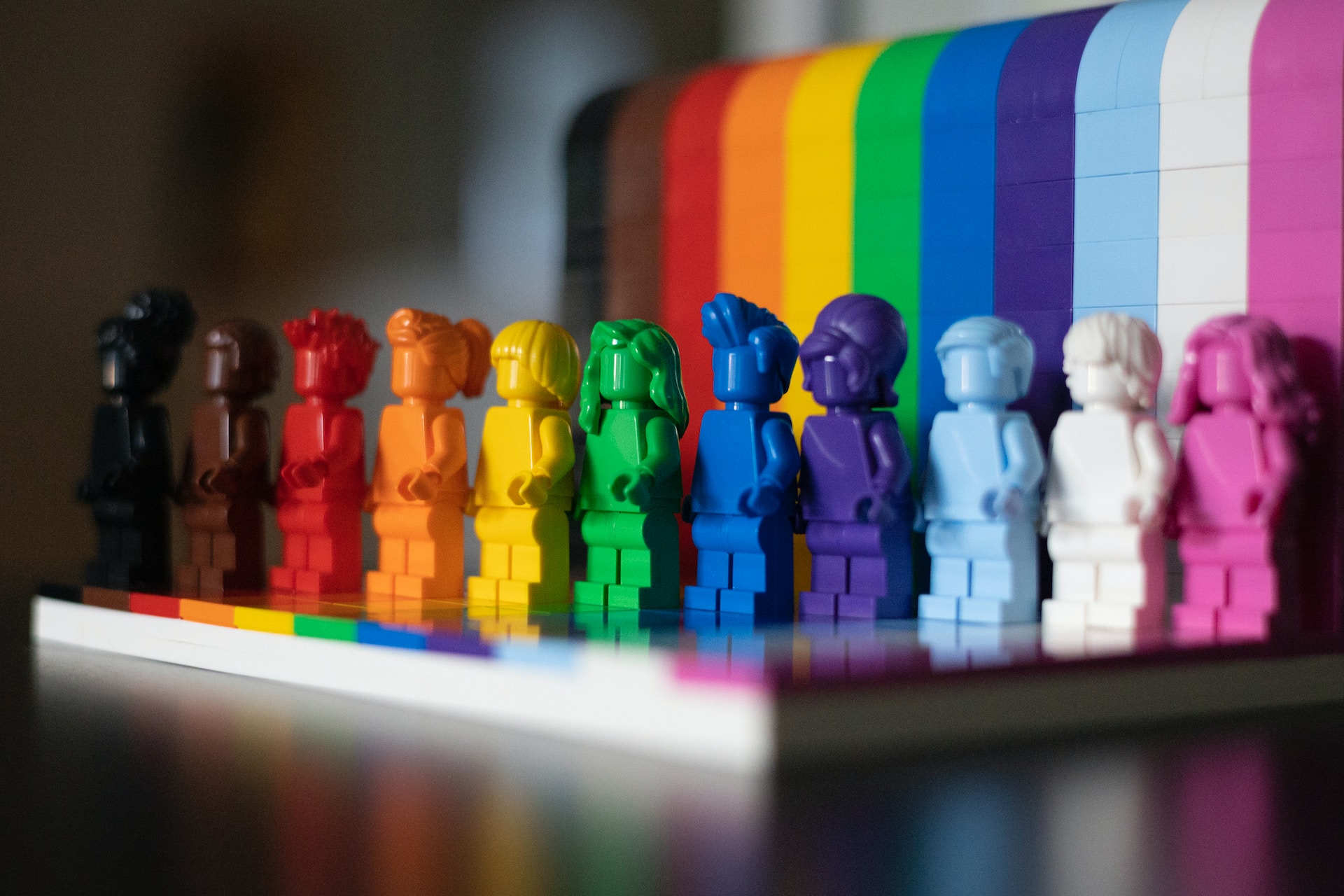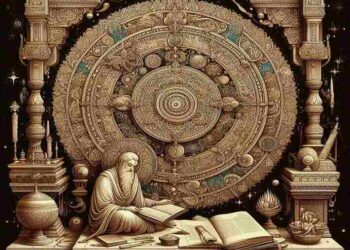Table of Contents
ToggleIntroduction
The Growth Of LGBTQ + Representation In Fiction Significant changes have occurred in the literary world in recent years, especially in the way oppressed people are portrayed. The increasing prominence and inclusion of LGBTQ+ characters and stories in literature is among the most prominent of these changes.
Although there has been LGBTQ+ representation in literature for millennia, it was frequently obscured, coded, or completely removed because of laws and social standards that punished non-normative gender identities and made same-sex partnerships illegal.
However, the visibility of queer stories in literature has increased along with the global LGBTQ+ rights movement. LGBTQ+ authors, themes, and characters are more prevalent now than they were in the past, which enhances the literary canon and diversifies the voices of writers.
The History of LGBTQ+ Representation in Fiction
1. Early Beginnings: Subtext and Coded Representation
Because of the social and legal restrictions of their age, the first LGBTQ+ representations in literature were sometimes subdued, coded, or completely concealed. Prior to the 20th century, most representations of queer identities had to be covert or indirect because homosexuality and gender nonconformity were illegal.
Many writers in the 19th century made references to LGBTQ+ persons or relationships in methods that got beyond the moral and legal restrictions of the day. For example, the protagonist’s sexual identity is portrayed using nuanced language and deliberate framing in works such as Radclyffe Hall’s The Well of Loneliness (1928), one of the first openly lesbian novels. Because of its depiction of same-sex love, Hall’s book was first prohibited in the UK, but it later became a landmark for LGBT readers of following generations.
Read more
Similarly, in the works of writers like Virginia Woolf, E.M. Forster, and James Baldwin, queerness was often a central theme, though it was sometimes portrayed obliquely. Woolf’s Orlando (1928), for example, is a gender-bending narrative that plays with the fluidity of identity, though it was published in a time when overt depictions of same-sex love were still taboo. In these early works, queer characters were often depicted as tragic, isolated, or misunderstood—reflecting the broader cultural view of LGBTQ+ people as outsiders or outcasts.
2. Post-War Queer Literature: The Rise of Queer Identity
The post-World War II era marked a pivotal moment for LGBTQ+ literature. With the rise of the civil rights movements in the 1960s and 1970s, there was a growing push for social justice and the recognition of LGBTQ+ rights. Authors began to explore queer identities more openly, and a new wave of LGBTQ+ literature emerged that centered on themes of identity, acceptance, and resistance.
One of the earliest and most influential works of this era is Giovanni’s Room (1956) by James Baldwin, which explored themes of sexual identity, shame, and societal rejection. Baldwin’s novel marked a shift toward more explicit portrayals of same-sex love, offering a candid portrayal of a man’s struggle with his sexuality in a world that rejected him.
The 1970s also saw the rise of feminist and LGBTQ+ literary movements that sought to redefine gender and sexuality. Authors like Audre Lorde and Patricia Highsmith wrote explicitly about lesbian and bisexual experiences, bringing queer women’s stories to the forefront. Lorde’s Zami: A New Spelling of My Name (1982) is a powerful work that blends memoir and myth to explore the intersections of race, gender, and sexual identity, laying the groundwork for later LGBTQ+ writers.
Despite the progress made during this time, LGBTQ+ literature still faced significant challenges, including the pervasive stigma around queer identities and the struggles of queer writers to be taken seriously by mainstream literary circles. For many LGBTQ+ authors, writing about their identities was an act of defiance in a world that often relegated their experiences to the margins.

3. The 1980s and 1990s: AIDS Crisis and Emergence of LGBTQ+ Publishing
The 1980s and 1990s were transformative decades for LGBTQ+ literature, particularly in light of the AIDS epidemic. The devastating impact of the AIDS crisis on the gay community became a defining feature of the era, influencing literature and art in profound ways.
Authors like Tony Kushner (Angels in America) and Edmund White (A Boy’s Own Story) used their works to reflect the social and political upheaval caused by the crisis. The AIDS epidemic served as both a backdrop and a catalyst for stories that grappled with issues of illness, death, and the politics of identity.
At the same time, LGBTQ+ publishing began to emerge as a distinct and vibrant industry. Small presses like Gay Presses of New York and Alyson Publications began publishing works by LGBTQ+ writers, making it easier for queer voices to be heard and for LGBTQ+ readers to find stories that reflected their own experiences. This period also saw the publication of groundbreaking works like The Hours (1998) by Michael Cunningham, which examines the lives of women grappling with their sexuality, and Rubyfruit Jungle (1973) by Rita Mae Brown, one of the first lesbian coming-of-age novels.
The 1990s were marked by the cultural visibility of LGBTQ+ people, with the advent of television shows like Will & Grace and the publication of more LGBTQ+ fiction being accepted into mainstream book markets. Authors like Armistead Maupin (Tales of the City) and Sarah Waters (Tipping the Velvet) brought queer characters and stories to a broader audience, moving LGBTQ+ fiction from the periphery to the mainstream.
4. 21st Century: Visibility, Diversity, and the Emergence of New Voices
In the 21st century, LGBTQ+ representation in literature has continued to grow and diversify. The rise of social media and digital platforms has allowed LGBTQ+ writers to bypass traditional publishing gatekeepers and share their stories with a global audience. Self-publishing platforms like Amazon and independent publishing houses have created new avenues for queer authors to distribute their works, expanding the range of LGBTQ+ voices available to readers.
This era has also seen the growing prominence of intersectionality in LGBTQ+ fiction, as authors of color, queer women, and transgender writers have gained recognition for their contributions to the genre. Writers like Jacqueline Woodson (Red at the Bone), Roxane Gay (Bad Feminist), and Carmen Maria Machado (Her Body and Other Parties) have brought new perspectives to the table, addressing issues of race, gender, and sexuality in ways that challenge traditional narratives about what it means to be queer.
In addition to novels, LGBTQ+ themes have become increasingly visible in other forms of media, including film, television, and graphic novels. The success of LGBTQ+ television series like Pose, RuPaul’s Drag Race, and Euphoria has created a cultural landscape in which queer stories are more widely celebrated and represented across multiple platforms.
Read more
5. The Impact of LGBTQ+ Fiction Today
The growth of LGBTQ+ representation in fiction is not just a matter of literary significance; it also holds deep cultural and political implications. Queer literature serves as both a mirror and a blueprint for social change, reflecting the diverse experiences of LGBTQ+ individuals while advocating for greater acceptance and visibility. The rise of LGBTQ+ fiction has empowered marginalized communities, giving readers the chance to see themselves represented in stories that celebrate their identities and experiences.
LGBTQ+ books also serve as tools for education, helping to break down stereotypes and misconceptions about queer people. As more books featuring LGBTQ+ protagonists and themes are published, the visibility of LGBTQ+ individuals in literature continues to grow, fostering empathy and understanding among broader audiences. This increased visibility has been particularly important for young LGBTQ+ people, who can now find stories that offer hope, validation, and a sense of belonging.
Moreover, LGBTQ+ fiction has played a key role in the broader struggle for civil rights and social justice. By highlighting issues such as discrimination, homophobia, and the ongoing fight for marriage equality, queer literature has contributed to the visibility and acceptance of LGBTQ+ communities in ways that align with the goals of social movements like marriage equality and gender inclusivity.
Conclusion
The growth of LGBTQ+ representation in fiction marks a powerful shift in the literary world. From early, coded depictions to today’s diverse and authentic portrayals of queer identities, LGBTQ+ literature has expanded the boundaries of storytelling, offering readers an opportunity to see themselves reflected in the stories they read.
This progress is not just about increasing visibility but also about fostering a culture of inclusion, empathy, and understanding. The future of LGBTQ+ literature is bright, as more voices emerge, more stories are told, and the power of fiction continues to shape the broader cultural conversation.
Read more
FAQ
1. How has LGBTQ+ representation in fiction evolved over time?
LGBTQ+ representation in fiction has evolved from subtle or coded depictions in the early years to more explicit and complex portrayals in the 20th and 21st centuries. Early works often portrayed queerness as tragic or hidden, while modern LGBTQ+ literature embraces a wider range of queer experiences, celebrating diversity, resilience, and identity.
2. Why is LGBTQ+ representation in literature important?
LGBTQ+ representation in literature is vital because it gives voice to marginalized communities, provides validation for queer identities, and fosters empathy among readers. It also serves as a powerful tool for social change, challenging norms and stereotypes while promoting acceptance and inclusion.
3. Who are some key authors in LGBTQ+ literature?
Some key authors in LGBTQ+ literature include James Baldwin (Giovanni’s Room), Audre Lorde (Zami: A New Spelling of My Name), Armistead Maupin (Tales of the City), Sarah Waters (Tipping the Velvet), and Carmen Maria Machado (Her Body and Other Parties). These writers have made significant contributions to the genre by creating diverse and nuanced portrayals of queer experiences.
4. How has technology impacted LGBTQ+ representation in fiction?
The rise of digital platforms, social media, and self-publishing has made it easier for LGBTQ+ writers to reach a global audience without needing to go through traditional publishing channels. This has led to a greater diversity of voices and stories, and has expanded the scope of LGBTQ+ representation in literature.
5. What role does intersectionality play in LGBTQ+ fiction?
Intersectionality plays a crucial role in LGBTQ+ fiction by addressing the ways in which race, gender, class, and other aspects of identity intersect with sexual orientation and gender identity. Modern LGBTQ+ authors often incorporate intersectional themes into their works, highlighting the unique experiences of queer people of color, transgender individuals, and other marginalized groups.
6. What are some challenges faced by LGBTQ+ authors today?
While LGBTQ+ authors have made significant strides in gaining visibility, challenges remain, including ongoing discrimination, the risk of censorship, and limited representation in mainstream publishing. Additionally, LGBTQ+ writers of color and transgender authors may face additional barriers in terms of visibility and recognition.
















